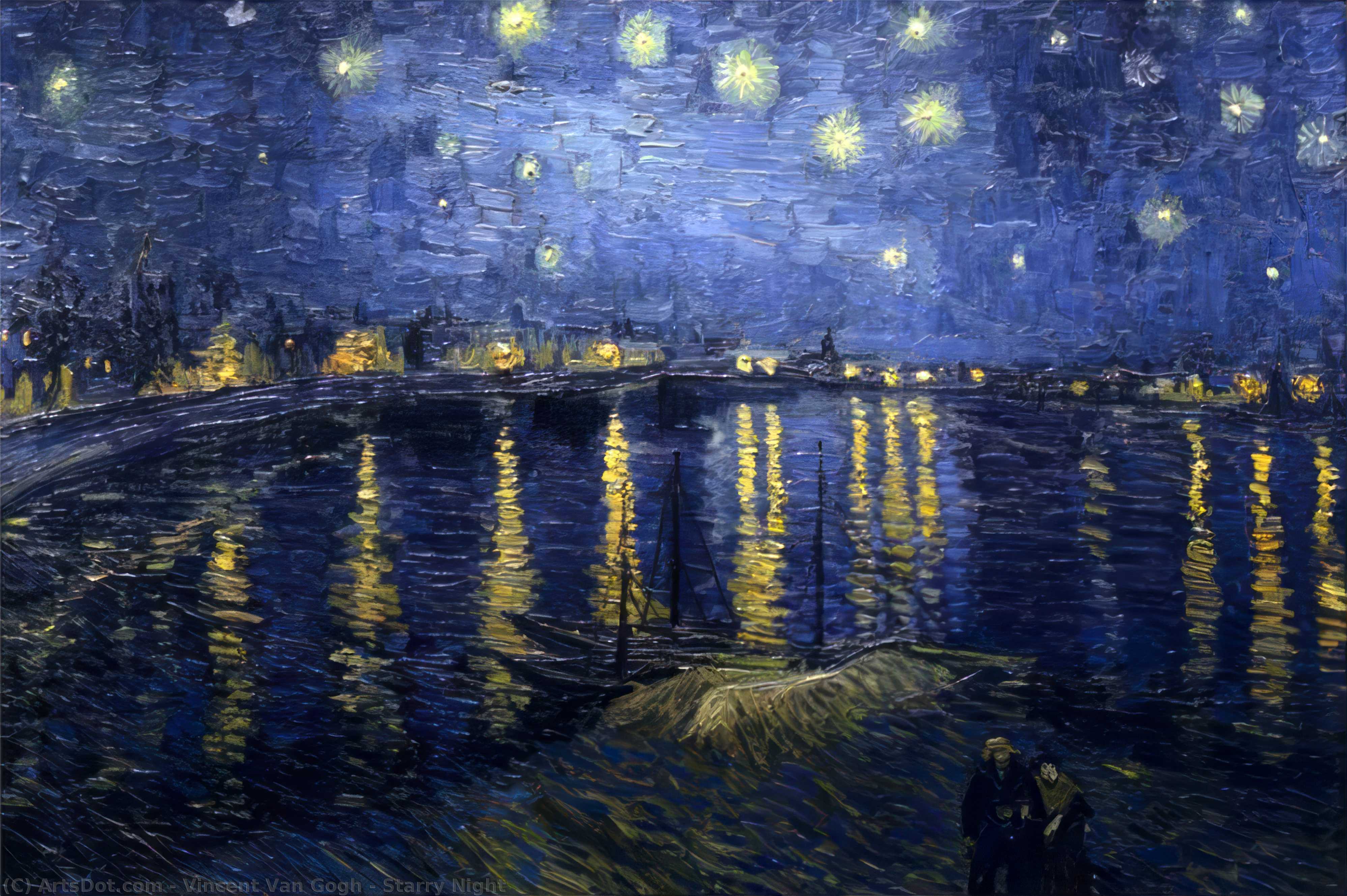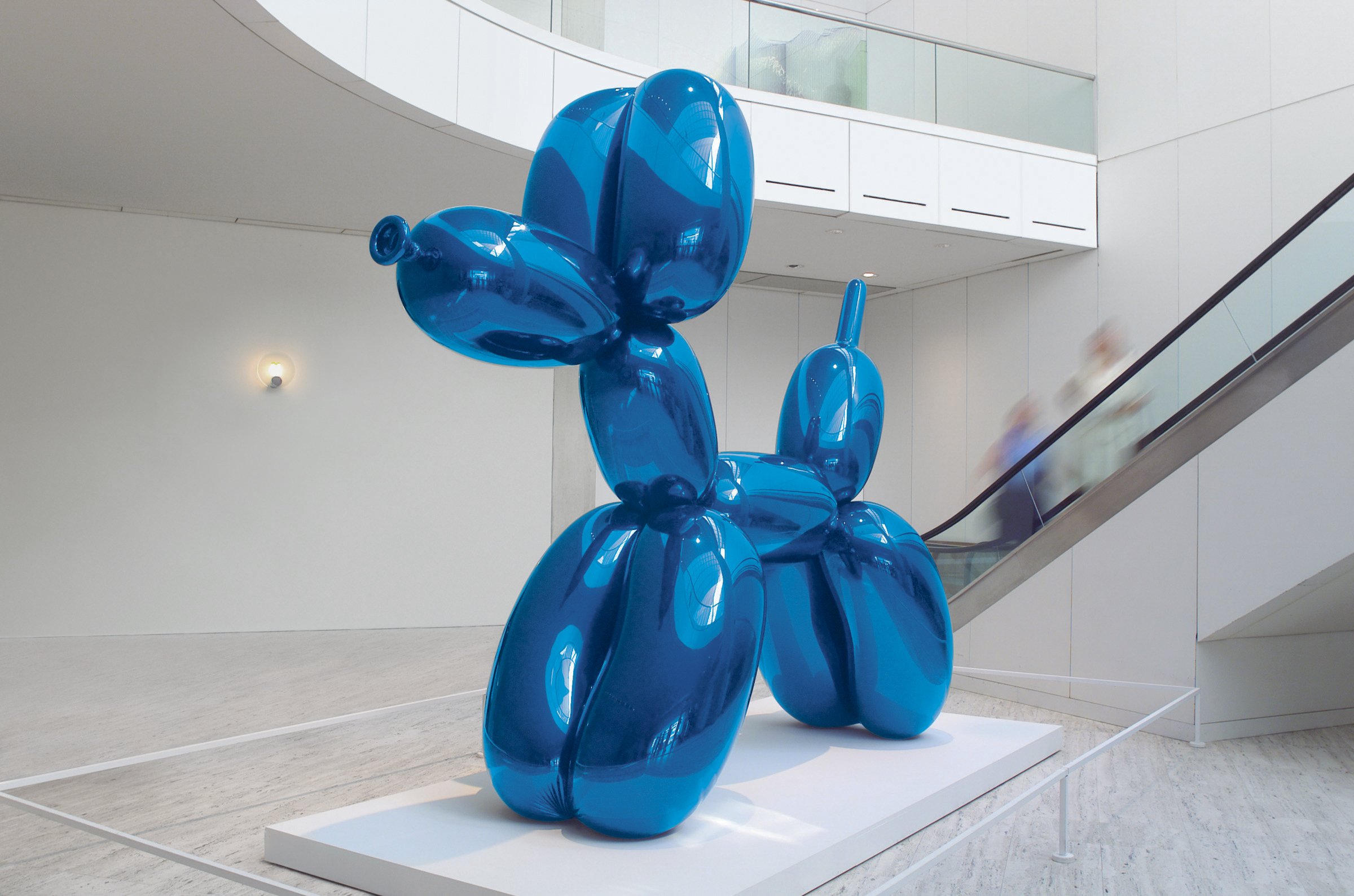Why does art cost so much?
The art world can be puzzling for many, especially when we hear of a simple canvas with splashes of color selling for millions or a minimalist sculpture fetching prices higher than a luxury house. For those outside the art scene, the high price tags on modern art can seem surreal. Why does modern art cost so much? Let’s explore the fascinating factors that drive the value of contemporary and modern pieces, from scarcity and reputation to emotion and cultural impact.
1. Art as an Investment
One of the primary reasons modern art can cost so much is its role as an investment. Many art collectors buy artwork not just to appreciate it in their living rooms but as a strategic financial asset. Over the years, the value of a well-known artist’s work often appreciates, sometimes substantially. Unlike stocks or bonds, which are affected by economic shifts and market trends, the art market has its own dynamics, making art a form of investment that can diversify a portfolio.
Collectors and investors often seek pieces from established artists with a history of high auction prices or emerging artists with a promising future. These collectors bank on the hope that the artwork's value will increase over time. This market demand for art as a financial asset adds a layer of value beyond the aesthetic or cultural.
2. The Power of the Artist’s Name
An artwork’s price is closely tied to the reputation and historical importance of the artist. When we think of big names like Pablo Picasso, Andy Warhol, or Jackson Pollock, we’re not just talking about paint on canvas. We’re talking about individuals who fundamentally shaped artistic movements, influenced generations, and left cultural legacies that continue to resonate. The price of their works reflects this legacy. Collecting a piece by a renowned artist means owning a part of history, and that historical weight contributes significantly to its value.
Similarly, in today’s art scene, established contemporary artists like Jeff Koons or Yayoi Kusama command high prices because their names carry cultural and commercial weight. Buyers are willing to pay top dollar for an artwork that not only reflects the artist’s unique vision but also embodies their influential status.

3. Scarcity and Uniqueness
The scarcity principle plays a big role in art valuation. Many modern artworks are one-of-a-kind creations, and even in cases where artists produce multiples, like sculptures or prints, these editions are usually limited. Owning a unique or rare piece gives buyers a sense of exclusivity and prestige.
In economic terms, when something is scarce, its value increases. This scarcity is particularly pronounced with deceased artists, whose body of work is finite. For living artists, the market keeps a close eye on how prolific they are, which can either increase or moderate prices. Limited editions or even a limited number of a certain style within an artist’s body of work can send prices soaring due to demand and scarcity.

4. Art Dealers and Galleries
Behind every high-priced piece of art, there’s often a network of dealers, galleries, and auction houses that work to maintain and elevate its value. Art dealers and galleries curate collections, host exhibitions, and promote certain artists, adding layers of prestige and visibility. This visibility creates demand among collectors, and as demand rises, so does the artwork's price.
Auction houses, such as Sotheby’s and Christie’s, further inflate prices by creating an atmosphere of competition and urgency. When a rare or highly sought-after piece goes to auction, the bidding process can drive prices sky-high as buyers compete to secure the artwork. This competitive auction culture can result in jaw-dropping prices that are then reported in the media, which reinforces the perception of the artwork’s value.
5. Cultural Significance and Emotion
Modern art often breaks conventions and explores themes that provoke thought, challenge norms, or convey deep emotional experiences. For many collectors, art isn’t just about the visual experience but about the emotional and intellectual engagement it offers. A piece that captures the spirit of the times or addresses social, political, or existential issues can carry immense cultural weight.
For instance, artworks that deal with social issues like climate change, racial justice, or human rights often gain traction because they resonate with contemporary audiences. Collectors may see their purchase as supporting the artist’s vision or even as a symbol of their own beliefs and values. This personal connection with the artwork, coupled with its cultural relevance, often justifies high prices in the minds of buyers.
6. The Cost of Creation
Creating modern art isn’t just about the final product; it often involves a significant investment in materials, time, and creative exploration. Artists today work with a variety of mediums, from traditional paints and canvases to high-tech installations, digital media, and even virtual reality. The production process can be complex and expensive, especially for large-scale installations or pieces involving advanced technology.
For example, artists like Damien Hirst and Anish Kapoor create monumental works that require specialized materials, skilled teams, and technical expertise. These costs are factored into the artwork’s price, making modern art pieces not just objects but elaborate productions.

7. Market Trends and Speculation
Like any market, the art world is subject to trends and speculation. What’s “in” can shift based on cultural, social, and even political influences. During certain periods, specific styles, artists, or even entire movements gain popularity, driving up the demand and prices for artworks in that category. For instance, Pop Art became highly sought after due to its connection to consumer culture, media, and celebrity in the 1960s, and it has maintained its popularity.
Speculation also plays a part, as collectors and investors buy works by emerging artists hoping that their value will rise. This speculative element can create artificial demand, especially if galleries and dealers actively promote certain artists as the next big thing. As a result, the prices can escalate quickly, even before the artist is widely known or historically significant.
/https://tf-cmsv2-smithsonianmag-media.s3.amazonaws.com/filer_public/89/df/89df50b7-b8d4-4c7b-8515-313adc95204a/warhol_marilyn.jpeg)
8. Status and Prestige
Owning a piece of modern art, particularly from a well-known artist, is often seen as a status symbol. For many buyers, the high cost of art justifies itself as a display of wealth, taste, and cultural sophistication. A collector with a Warhol or a Rothko in their living room isn’t just showing off artwork; they’re signaling their place in a certain social and cultural echelon.
The desire for prestige can drive prices even higher, as buyers are willing to pay premium prices to acquire something that reflects their values, lifestyle, and social standing. This prestige factor contributes to the perception that modern art is not only valuable but also worth the high cost, adding a sense of exclusivity to the market.
The Paradox of Value in Modern Art
The high prices in modern art often reflect a combination of cultural significance, market demand, and the personal value placed on the artwork by buyers. For some, it’s an investment; for others, it’s a piece of cultural history or a status symbol. The value of modern art, in many ways, goes beyond the physical piece—it’s about the emotions it stirs, the discussions it sparks, and the unique statement it makes in the world.
Modern art, like beauty, is ultimately in the eye of the beholder. While its price tag may seem bewildering, it reflects a complex interplay of cultural, financial, and personal factors that make each piece far more than meets the eye.